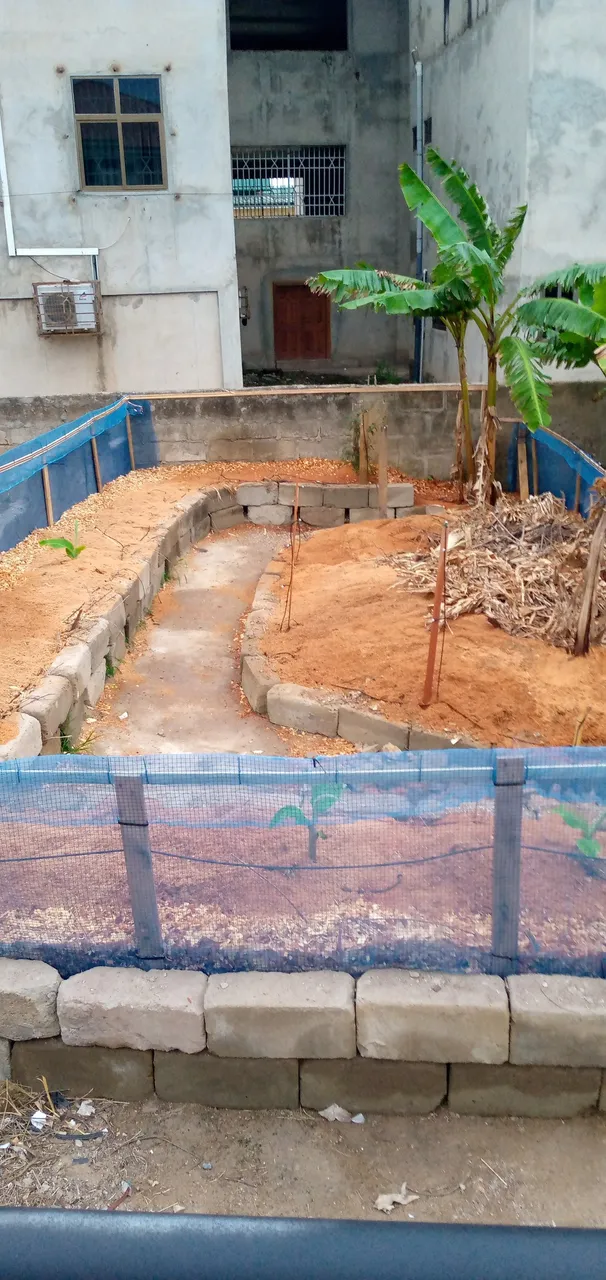
In 2019 I had a garden at a house I was staying at. Each night I would walk in the garden and find a lot of snails chowing on my plants. The first time I saw them I threw them over the wall to a vacant plot next door. But after the second night I began to wonder if there was anything better that I could do with them.
I started my research knowing that people farm things like worm and shrimp. I knew that Ghanaians did like to eat snails too. So what I found from my research was that the snails in my yard were edible, and farm-able but Ghanaians don't really like that type and they don't have as good of a price on the market.
Well I still gave it a shot and that is how I first started snail farming. I had a large rubber made plastic bin in the yard and a spare screen door around I put dirt in the bin, a feeding plate and a watering plate with a sponge in it. I put all the snails I could find in there each night. I quickly had over 150 and needed to think about more space.


Next I made another pin out of blocks and the same screen door. Pictured below, but that would not even keep up with the rate at which they could reproduce and they found ways of escaping.
As a permaculture gardener too I though that there had to be a better way to raise them closer to their natural environment and I did a lot of research and thinking about free range pins.
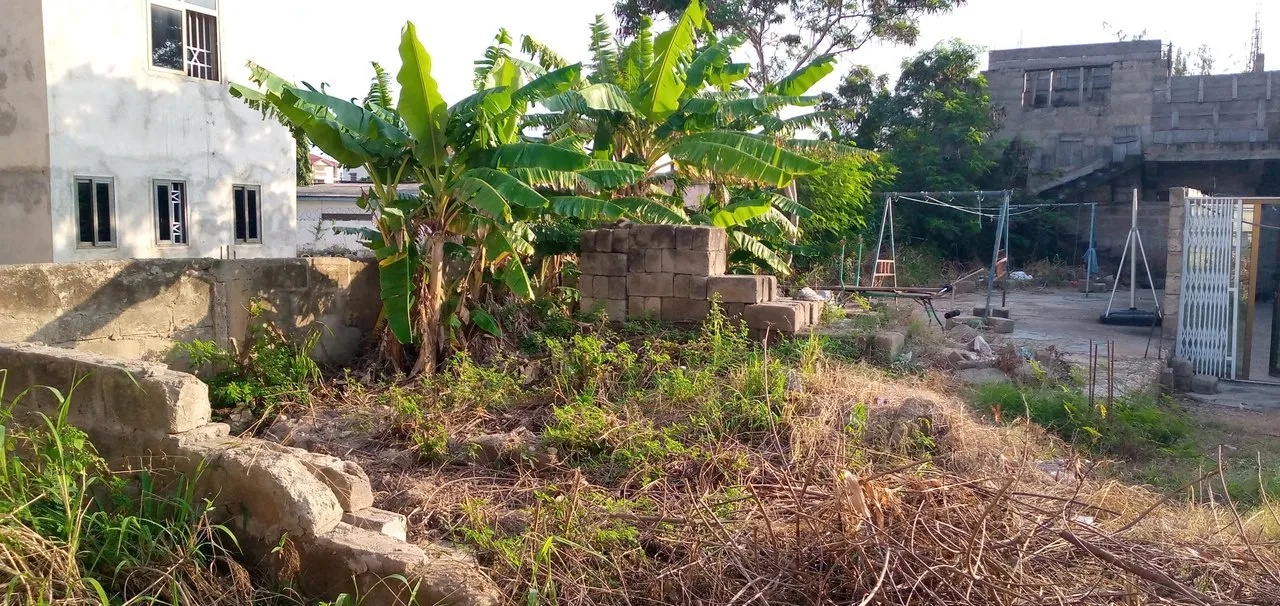
There was a little space at the back of my office which is my business partners family house and I set my mind to make a permaculture free range pin as cheap as possible and have a mini electric fence to keep them in. The mission was to re-create a little rain forested.
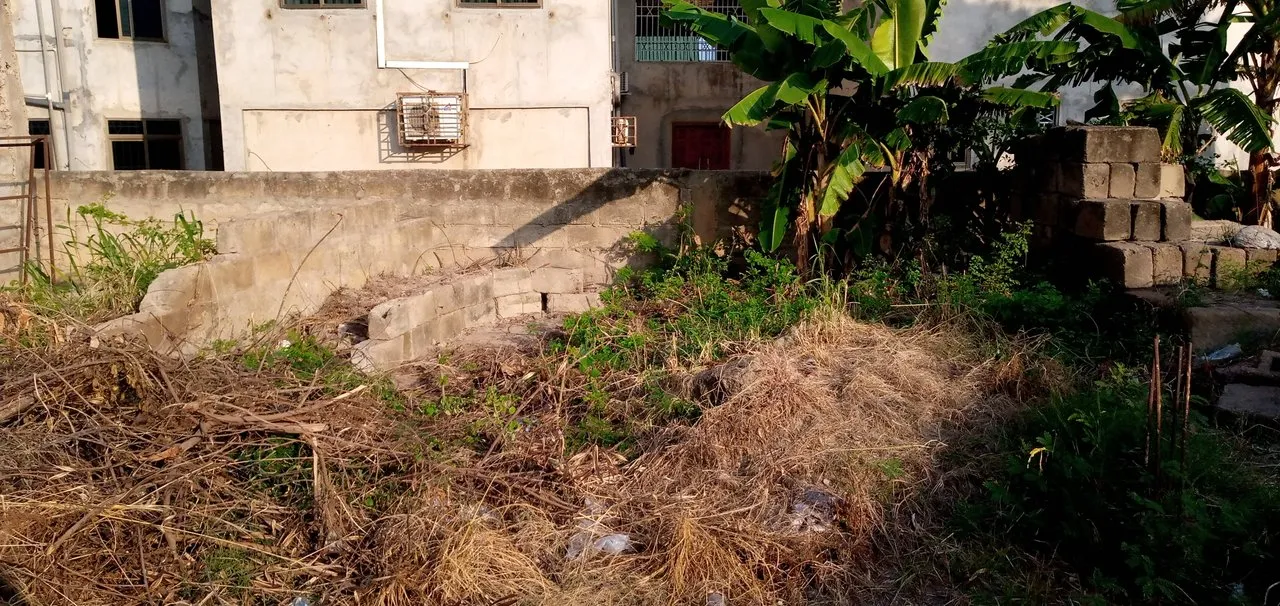

I quickly found that the space was dominated by trash, construction sand and actually had a concrete bottom. The way things were growing in there before I though that it actually was earth under then sand. I was quite surprised to find cement when I started weeding the place. So my initial plans had to change and I needed to build raised beds. I used some cement blocks that were left around the place and started mapping out some beds. Around the outside of the space I went two blocks high. First I put down a layer of broken blocks and big rocks from the same space for proper drainage. I then put a lot of the sticks and dry organic matter around as the next layer.
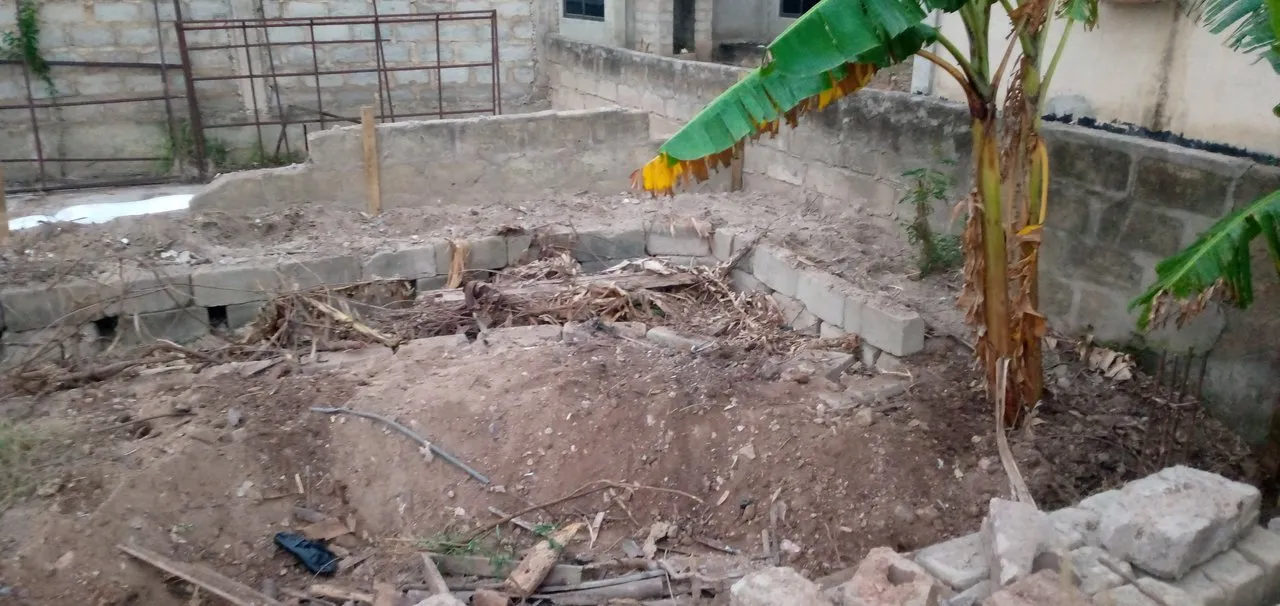
After I created the main outside wrap around bed I put the sand and dirt mix in the area on top of the organic matter filling the bed most of the way.

The inside bed which was a half circle took its inspiration from what is called a banana circle in permaculture. It uses a big pit in the ground and a lot of composting material as a large sponge for retaining water wrapped around by the half circle of grow bed. At its back it had a cement elevated pad, the reason I could only go a half circle and the one edge of the snail farm. I wanted to incorporate this into the design because I found many of the snails in my home garden coming out of a banana circle there and I believe nesting in it.
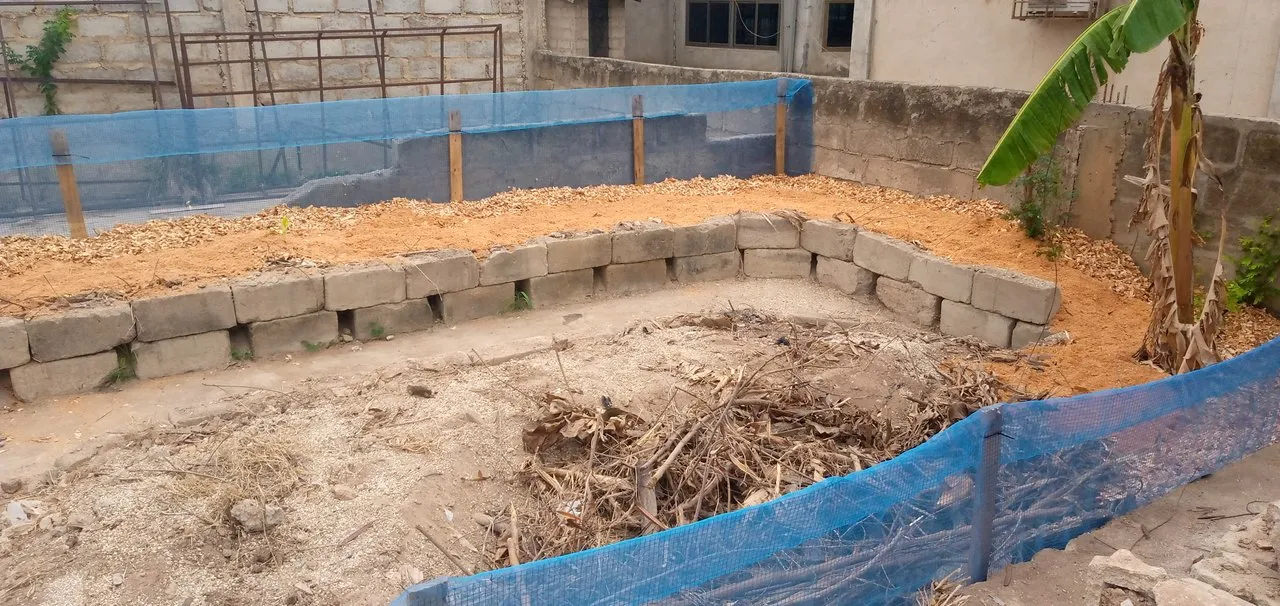

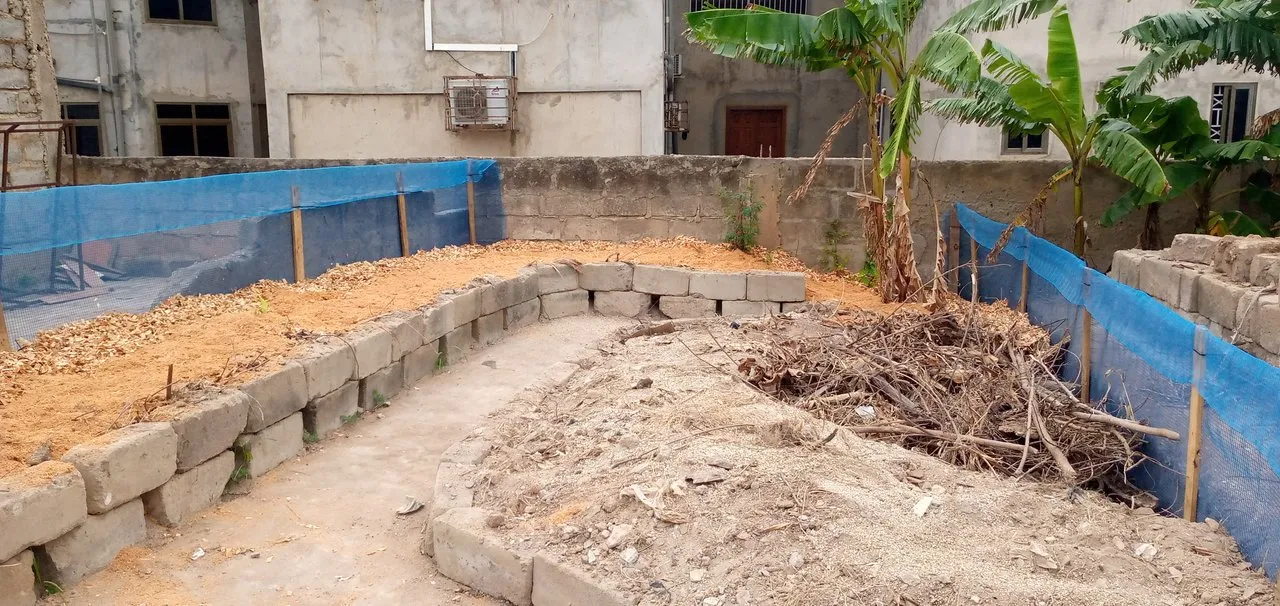
The next step was the fence posts from pallet lumber and the fence. At the top of the fence were two wires strung very close together and one was connected to the positive side of a batter and the other to the negative side of a 9v battery. When a snail tries to cross it it will complete the circuit between the two wires and get a small shock and return the way it came keeping them inside the pin. Saw dust was also laid down for the grow beds to keep moisture inside and provide a good growing condition for the plants going in.
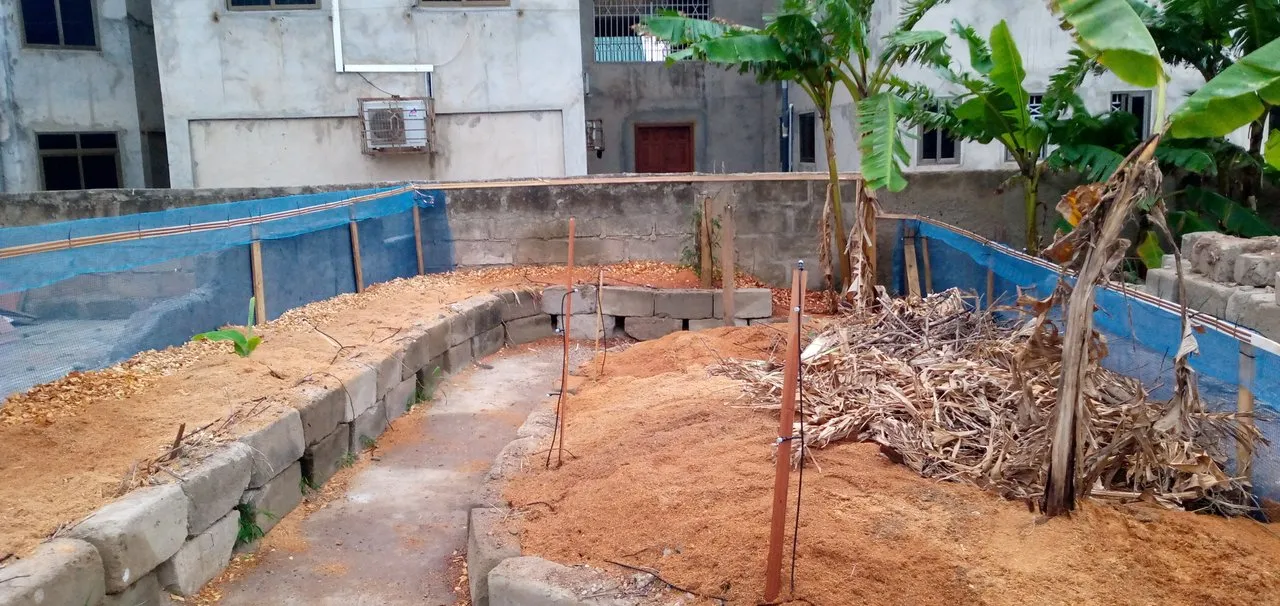


As a next step I got some very cheap irrigation systems, both drip and mist systems. I combined these to make sure the plants would grow well and a mist would cover the place in the morning and evening keeping it very humid. I also started planting first starting with some banana and plantain suckers creating the first level of shade.
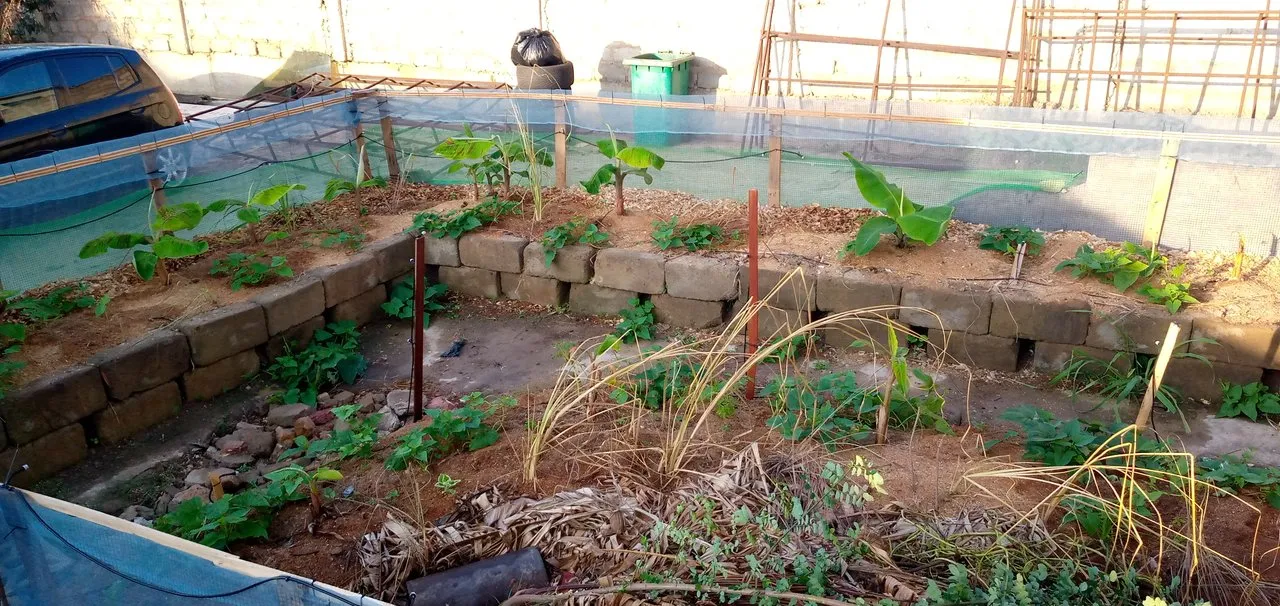
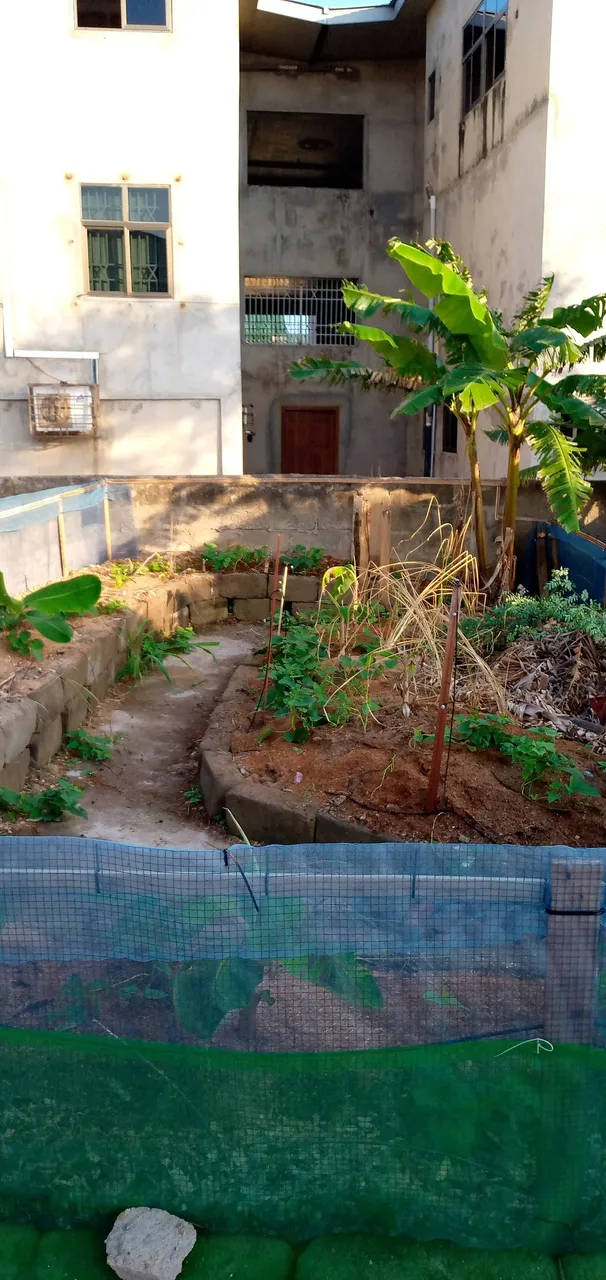
Next came the additional plantings. The goal was to make a rich environment of food for the snails, shade, ground cover, and plants to try to repel pests. I heavily planted it to begin with and the primary cover crop was sweet potato as snails love the greens and it created a lot of hiding places when the place was still fresh. Above was a week or two after planting.
I also planted all of the following:
- Sweet potato: food and cover crop
- Tomatoes: Food and cover crop
- Beans: nitrogen fixing and cover crop
- Basil: Pest repellent
- Cuban Oregano: Reptile Repellent
- Lemongrass: Pest repellent
- Mint: Pest repellent
- Citronella: Pest repellent
- Vitiver Grass: Shade
And I am sure there were a couple of other things I missed.
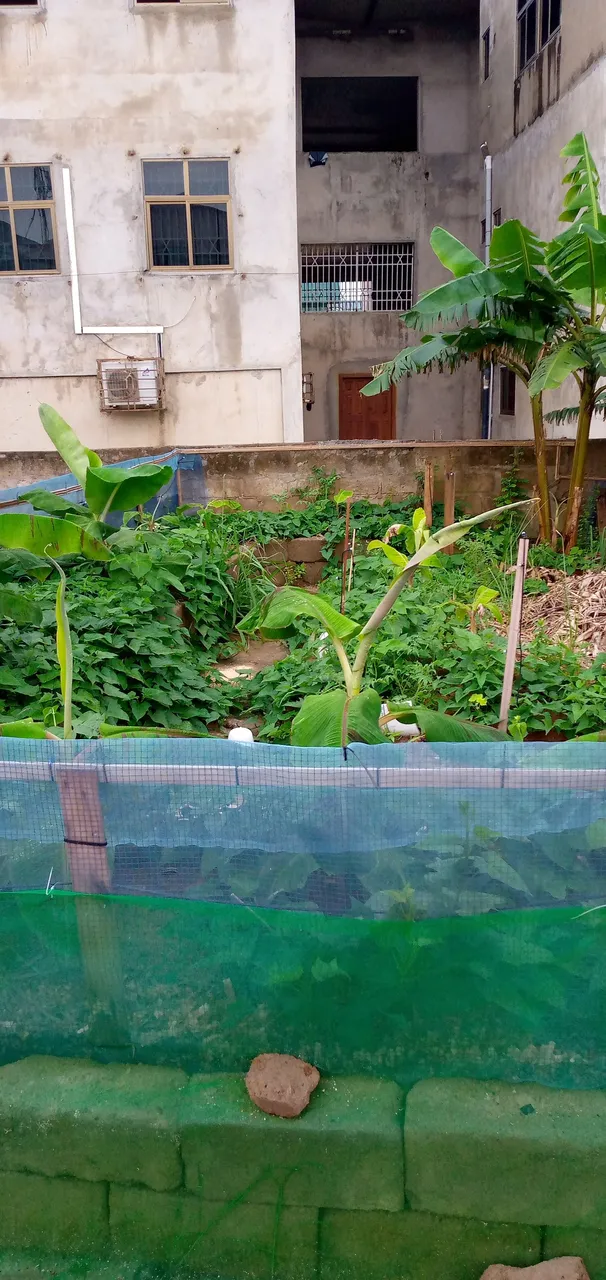
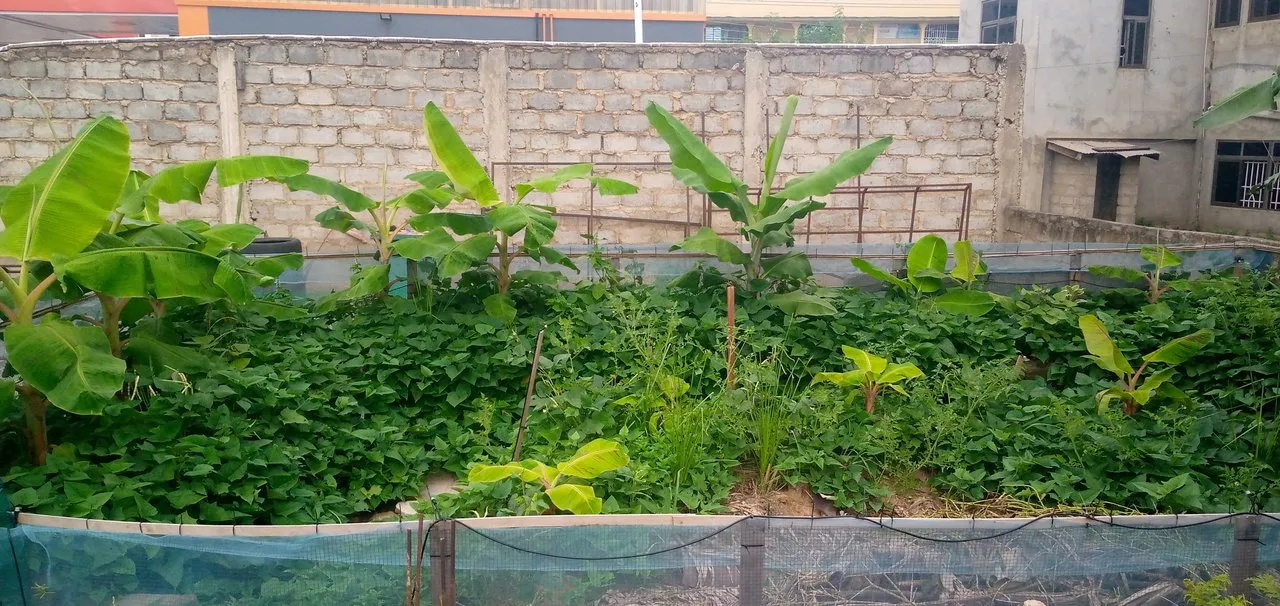

Above is roughly a month after planting.
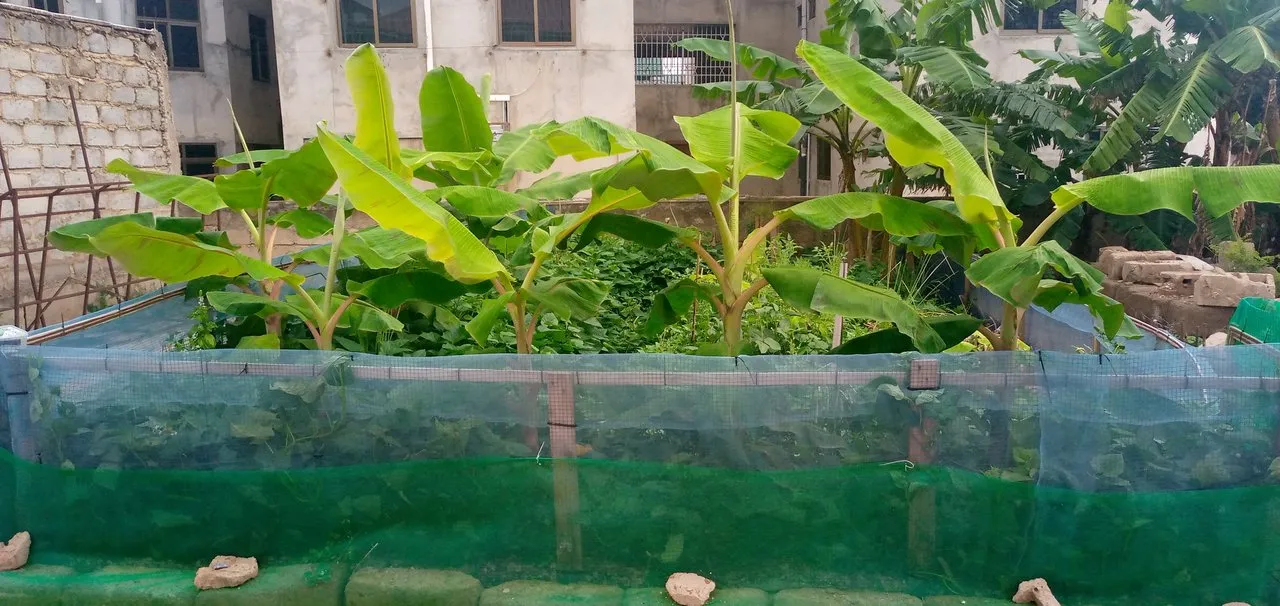
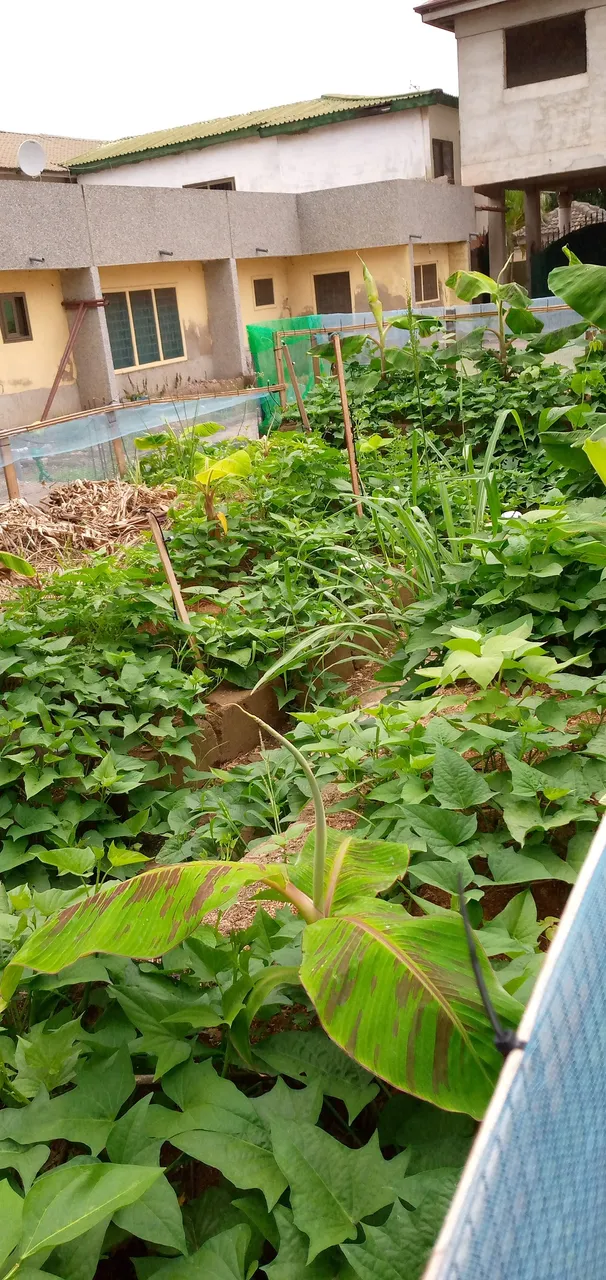
About two months after planting.

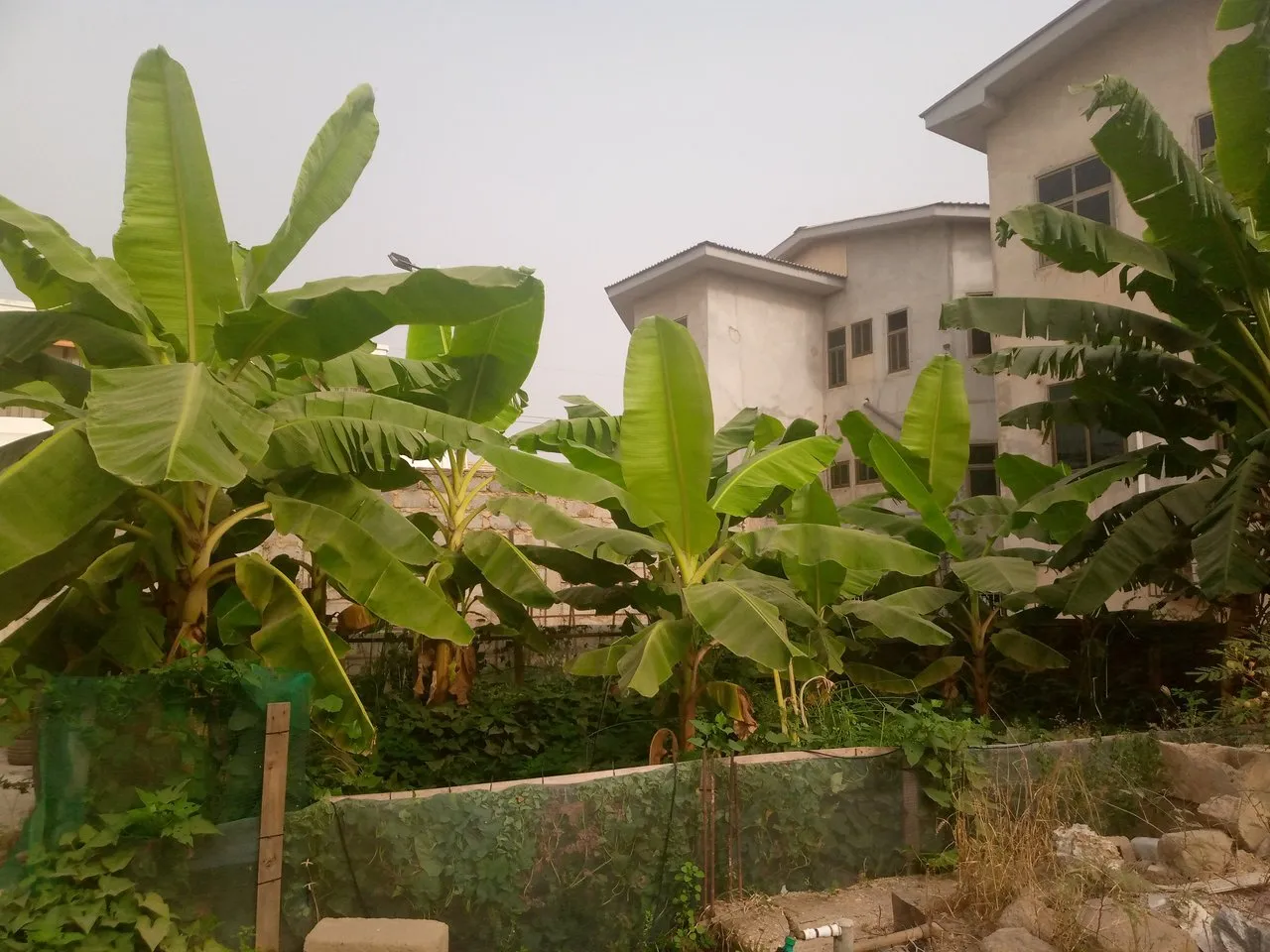

The above are about 3 going on 4 months. Snails were thriving and the garden was thriving I was hitting that goal of reproducing a mini rain forest.

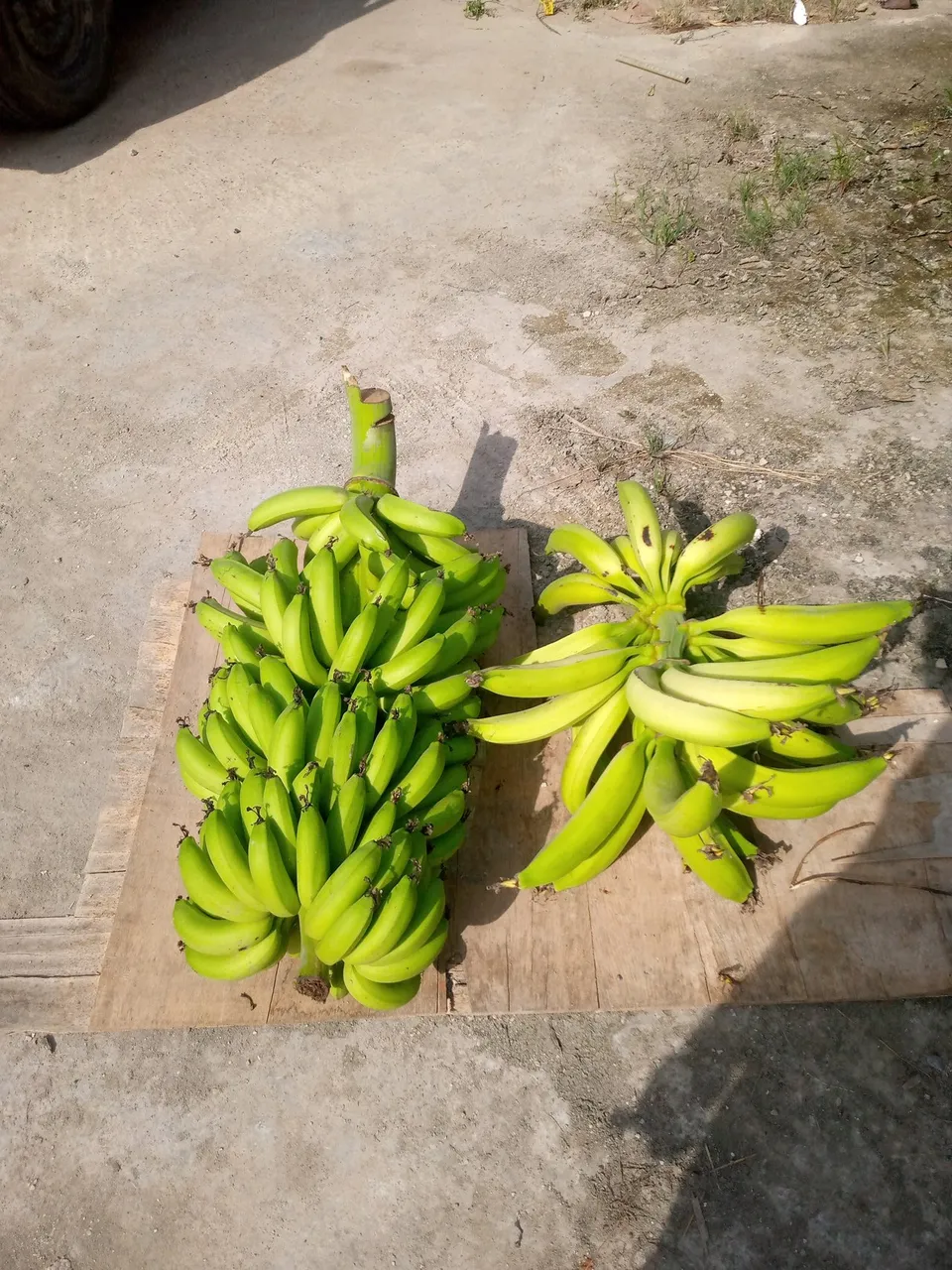
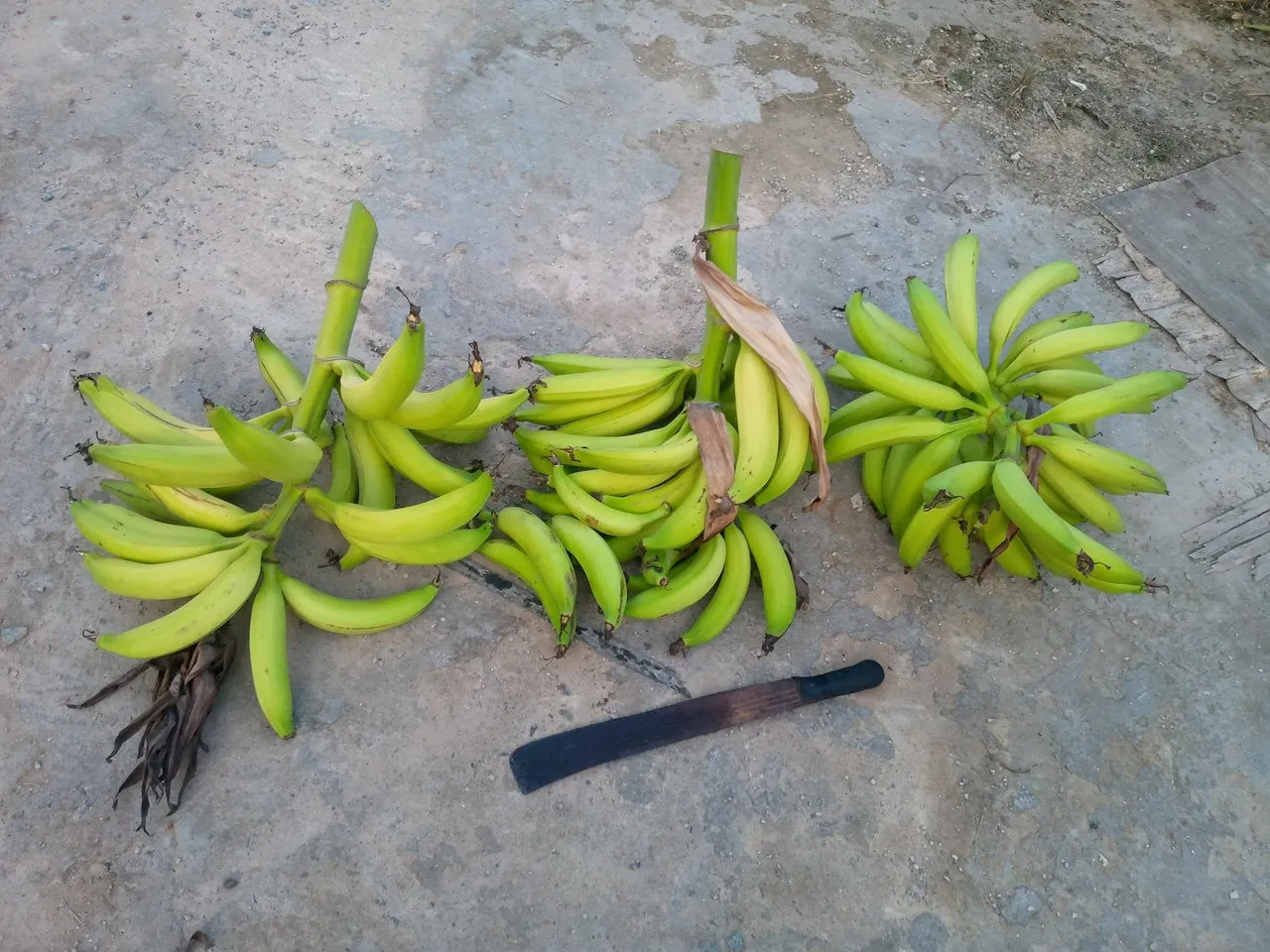
At 5 going on 6 months I had a great banana and plantain harvest.
I will continue this post in the next day or two with what happened to the snails and the rebirth of the garden.